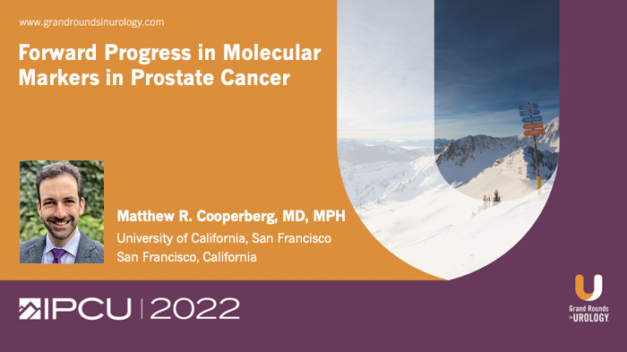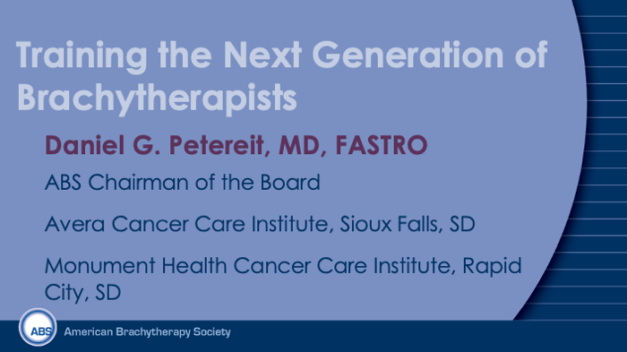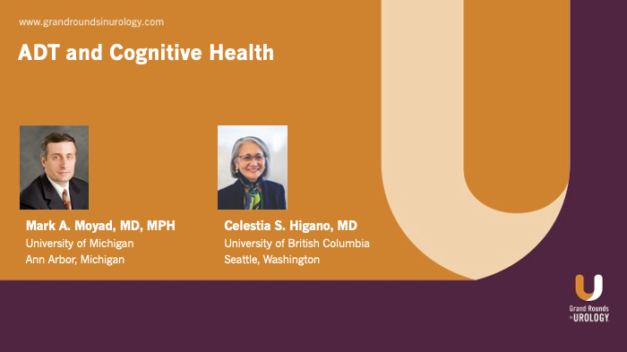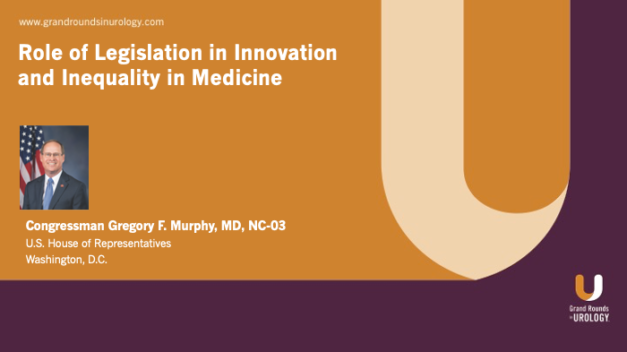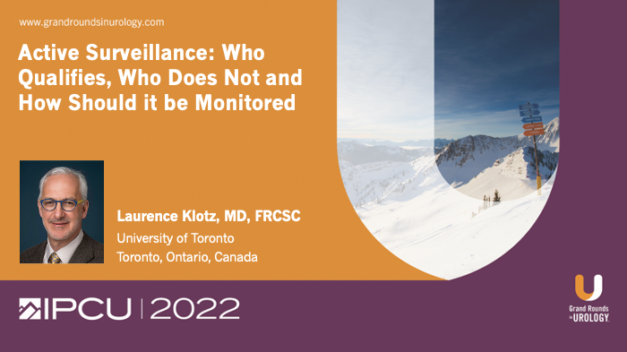Forward Progress in Molecular Markers in Prostate Cancer
Matthew R. Cooperberg, MD, MPH, Professor of Urology and Epidemiology & Biostatistics and Helen Diller Family Chair in Urology at the University of California, San Francisco, explores a range of biomarkers used for diagnosis, risk stratification, and guiding treatment for prostate he cancer. He first details pre-biopsy diagnosis or prostate cancer, including PSA, 4K, phi, MyProstateScore, ExoDX, SelectMDx, and mpMRI. Dr. Cooperberg discusses how post-diagnosis biomarkers must be shown to improve on an existing, validated, multivariable model reflecting all available clinical information rather than on a single variable or nonlinear risk grouping, and reviews post-diagnosis options for risk stratification and treatment.
Read More
